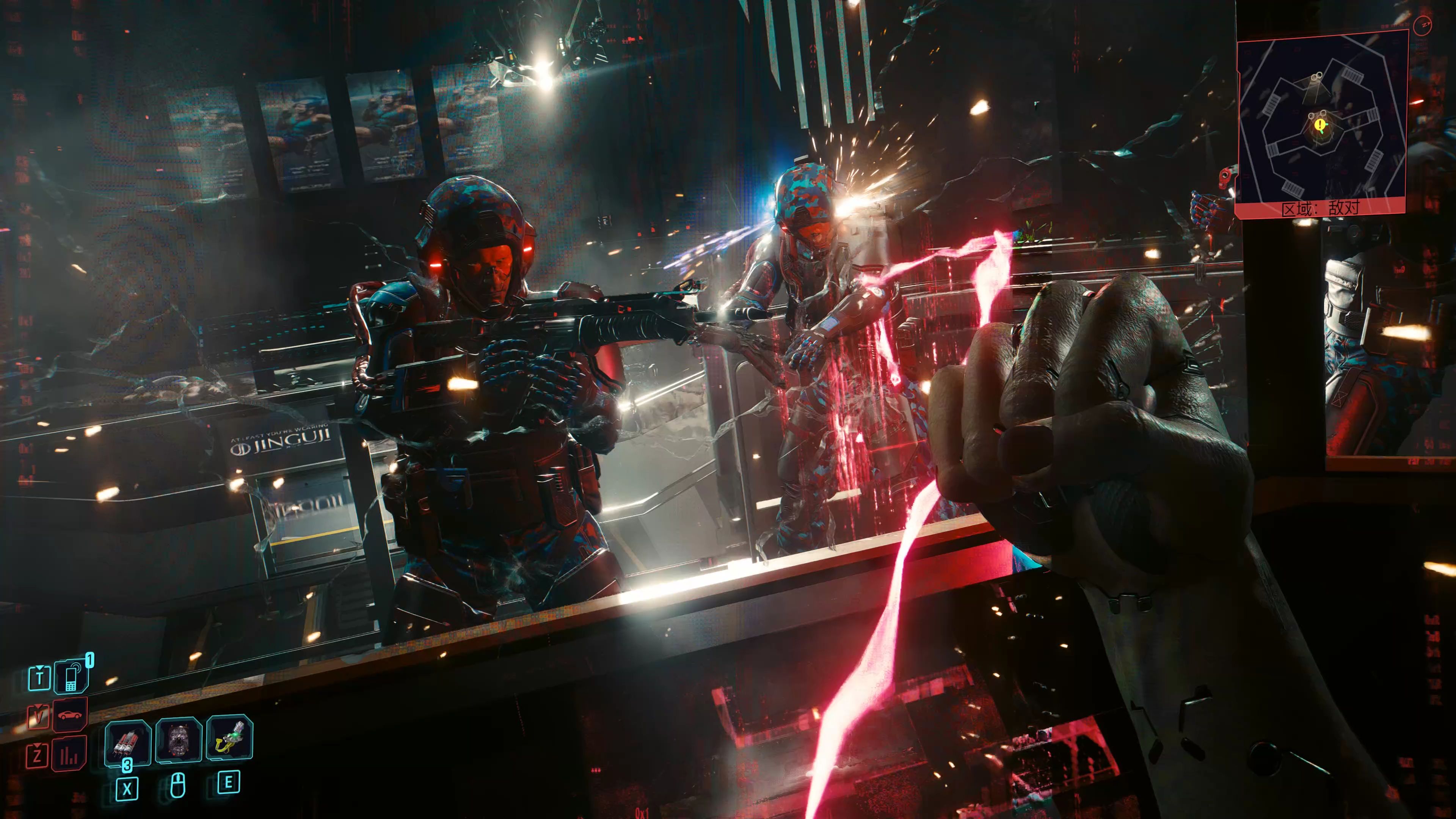Gwent: The Witcher Card Game Score: Standalone Success
When CD Projekt Red first introduced Gwent as a mini-game within The Witcher 3: Wild Hunt in 2015, few could have predicted that this cleverly designed card battler would evolve into a standalone titan in the competitive digital card game (DCG) arena. Unlike many spin-offs that lean heavily on their parent franchise’s brand recognition, Gwent: The Witcher Card Game embarked on a far more ambitious journey. It wasn’t just a simple extraction; it was a meticulous reinvention, a deep, strategic experience that had to justify its existence beyond the shadow of Geralt’s epic saga. Its success is not merely measured by player counts at launch but by its enduring legacy as a critically acclaimed, strategically profound, and artistically distinct title that carved out a unique niche in a market dominated by behemoths like Hearthstone and Magic: The Arena.
The genius of the original in-game Gwent lay in its stark simplicity and addictive "one more round" hook. It was a refreshingly direct contrast to the sprawling open world around it. However, translating that charm into a full-fledged, balanced, and monetizable competitive game required a fundamental evolution. CD Projekt Red’s development team, later operating under the dedicated label CD Projekt Red's Gwent Team, understood this implicitly. They faced a monumental challenge: how to expand the ruleset and card pool without sacrificing the core identity that players fell in love with.

The result was a game that shared the soul of its predecessor but boasted the complex musculature of a modern esport. The transition from a best-of-one round to a best-of-three format was the most significant and brilliant change. This single alteration elevated Gwent from a simple numbers game to a psychological battlefield of resource management and long-term strategy. The concept of "card advantage," "dry passing," and "bleeding" became foundational pillars. Players were no longer just playing their strongest cards; they were playing a meta-game of tempo, calculating when to win a round at minimal cost and when to commit everything for a decisive victory. This layer of strategic depth provided a satisfying learning curve that rewarded game knowledge and foresight as much as it did a good draw.
Furthermore, the standalone Gwent distinguished itself through its unique core mechanics, which remain its most defining feature. The absence of a mana system, a staple in virtually every other major DCG, was a revolutionary choice. By decoupling playable cards from a accumulating resource, Gwent placed its emphasis entirely on synergy, sequencing, and the value generated from each card's abilities. Every card could be played the moment it was drawn, making mulligans and hand management critically important. This created a game less about "curving out" perfectly and more about executing a finely tuned engine or disrupting your opponent's. The "three-row" system, though later streamlined, initially added another tactical layer for positioning-dependent effects.
Artistically, Gwent is arguably unmatched in the genre. CD Projekt Red leveraged its rich repository of lore and characters from Andrzej Sapkowski's universe to stunning effect. Each card is a masterpiece of digital art, often accompanied by immersive voice lines and unique animations for premium versions. The board aesthetics change with the seasons, and the soundtrack is a hauntingly beautiful original score. This commitment to premium presentation ensured that Gwent felt like a high-quality product, a loving tribute to the world of The Witcher that respected its source material and its audience. It wasn’t just a game; it was a collectible art gallery for fans of the franchise.
The business model also contributed significantly to its positive reception. From its beta days, Gwent earned a reputation for remarkable generosity. The reward structure was plentiful, with daily quests, round wins, and a seasonal reward book system that allowed players to earn card kegs (packs) and cosmetics at a steady pace. This player-friendly approach lowered the barrier to entry and made building a competitive collection without significant financial investment a realistic goal. While monetization existed through cosmetics and keg purchases, it never felt predatory, fostering a great deal of goodwill within the community.
Of course, the path wasn't without its challenges. The game underwent a massive overhaul with the Homecoming update, which dramatically changed the board, row effects, and many core mechanics. This period was divisive, alienating some veterans while attracting new players. Later, the difficult decision was made to cease major expansions and enter a "sunset" maintenance mode, focusing on balance rather than new content. While some perceived this as an end, it can also be viewed as the culmination of its standalone success: it had achieved a complete, balanced, and deeply satisfying final form.
In conclusion, Gwent: The Witcher Card Game scores its success not by outselling its competitors, but by achieving what it set out to do: it successfully transitioned from a beloved mini-game into a deeply strategic, respected, and self-sustaining title. It proved that a concept born within another game could possess enough depth and charm to stand entirely on its own merits. It cultivated a dedicated, if niche, community that appreciated its unique strategic puzzles and unparalleled artistic quality. In the vast and competitive field of digital card games, Gwent secured its legacy not as a mere extension of The Witcher franchise, but as a standalone success story of thoughtful design, artistic passion, and respectful player engagement.















